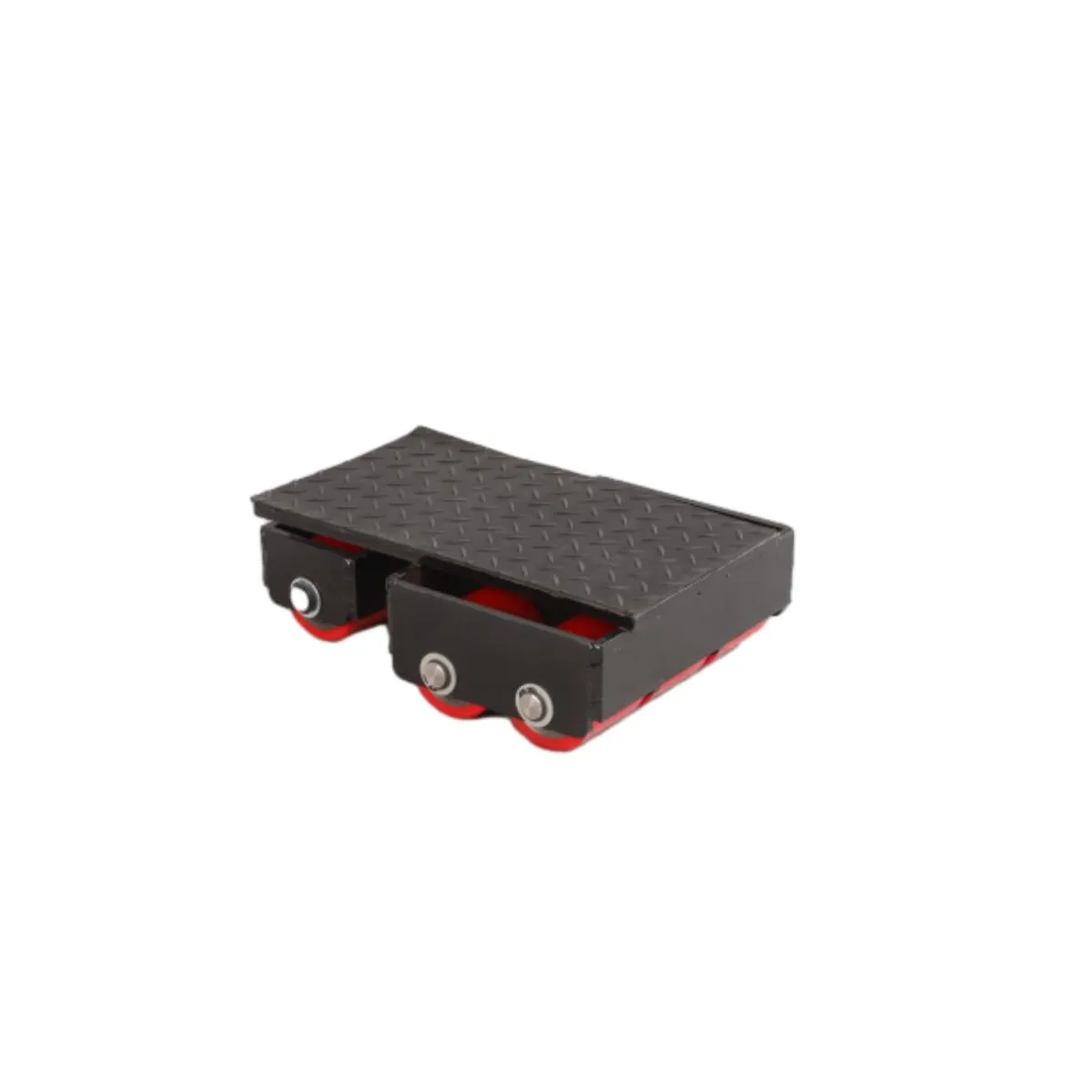Optimizing Efficiency with Advanced Portal Gantry Crane Technology for Industrial Applications
Understanding Portal Gantry Cranes A Comprehensive Overview
Portal gantry cranes are essential pieces of equipment in various industrial settings, particularly in construction, manufacturing, and shipping yards. They are designed to lift and transport heavy loads efficiently and are characterized by their distinctive structure, which includes a bridge supported by two legs. This design allows the crane to straddle the area where loads are to be moved, making it ideal for outdoor applications such as loading and unloading shipping containers or moving large materials across a worksite.
Structure and Functionality
A typical portal gantry crane consists of several key components the gantry frame, the hoisting mechanism, and the runway system. The gantry frame is the overall skeletal structure that provides stability and support. The legs of the crane are usually equipped with wheels or tracks that enable the crane to move along a predefined path. The hoisting mechanism, often equipped with a trolley and a hoist, is responsible for lifting and lowering loads. This combination of components allows for versatile movement, both horizontally and vertically, ensuring that heavy materials can be transported smoothly and safely across the work area.
Advantages of Portal Gantry Cranes
One of the significant advantages of portal gantry cranes is their ability to operate in outdoor environments. Unlike traditional overhead cranes that require extensive building structures, portal gantry cranes can function autonomously, making them ideal for worksites where construction may be ongoing or in areas without permanent infrastructure. Their ability to move freely along designated paths increases their operational flexibility, allowing them to handle a wide range of tasks from loading and unloading to lifting and placing heavy materials.
Moreover, portal gantry cranes can be customized to meet specific project requirements
. They can be built in various sizes with different load capacities, making them suitable for tasks ranging from lighter applications to handling extremely heavy loads, such as shipping containers or large machinery parts. This versatility is further enhanced by the integration of advanced technologies, such as remote control systems and automated features, which improve safety and operational efficiency.portal gantry crane

Safety Considerations
Safety is paramount in any industrial setting, and portal gantry cranes are designed with various safety features to protect operators and surrounding workers. These may include limit switches to prevent overloading, emergency stop buttons, and warning alarms that signal when the crane is in operation. Additionally, regular maintenance and inspections are crucial to ensure that the cranes operate safely. Operators are often required to undergo training to handle these machines effectively and in compliance with safety regulations.
Future Trends
As industries continue to evolve, so do the technologies associated with portal gantry cranes. The adoption of smart technologies, such as IoT (Internet of Things) sensors, can provide real-time data on the crane's performance and load management. This data can enhance predictive maintenance and operational efficiency, ensuring that cranes are operational when needed while minimizing downtime.
Furthermore, the push towards sustainability has led to the development of electric and hybrid gantry cranes, which reduce carbon footprints and energy costs. These advancements signal a positive trend towards more efficient and environmentally friendly operations in the industrial sector.
Conclusion
In conclusion, portal gantry cranes play a vital role in modern industry, providing flexibility and efficiency in heavy lifting operations. Their unique design accommodates a variety of applications, making them indispensable in construction and logistics. As technology continues to advance, these cranes will likely see improvements that enhance their functionality, safety, and environmental impact, solidifying their place as a cornerstone of industrial equipment.
-
Unlock Seamless Relocation with Our Heavy Equipment Moving ExpertiseNewsJun.06,2025
-
Unleash Unrivaled Flexibility with Our Adjustable Gantry CraneNewsJun.06,2025
-
Unleash Heavy-Duty Efficiency with Our Industrial Gantry Crane SolutionsNewsJun.06,2025
-
Revolutionize Steel Handling with Our Magnetic Lifter RangeNewsJun.06,2025
-
Master Equipment Mobility with Premium Machinery Mover SolutionsNewsJun.06,2025
-
Elevate Your Material Handling with Magnetic Lifter TechnologyNewsJun.06,2025
-
YS Permanent Lifting Magnets: The Smarter Way to Handle SteelNewsMay.22,2025
